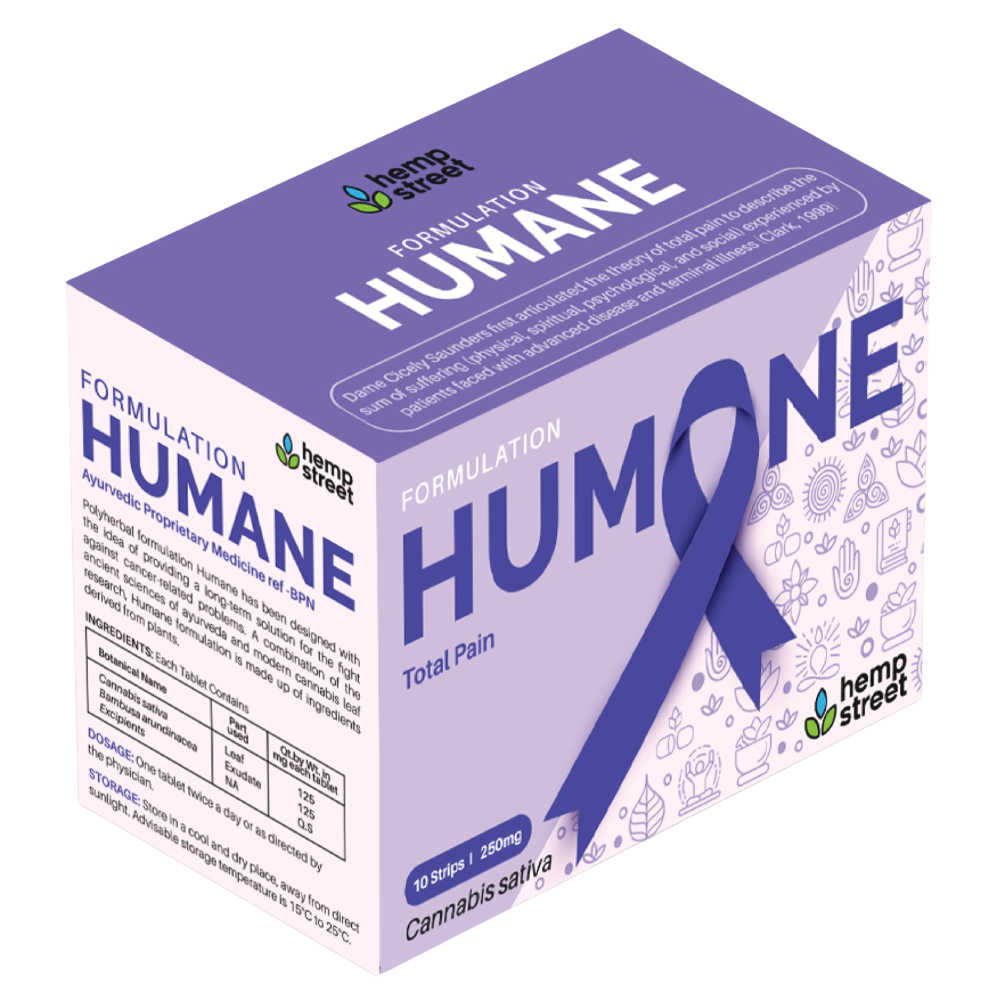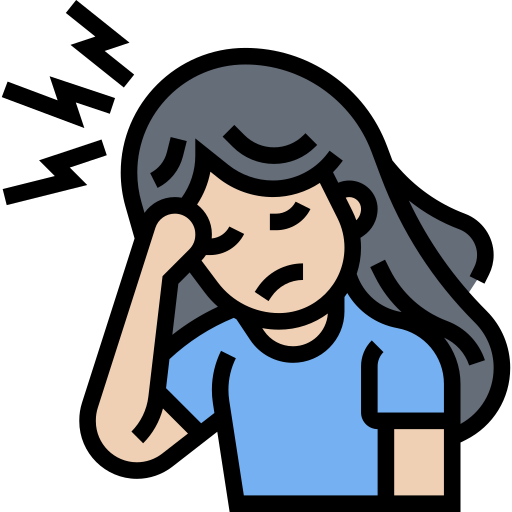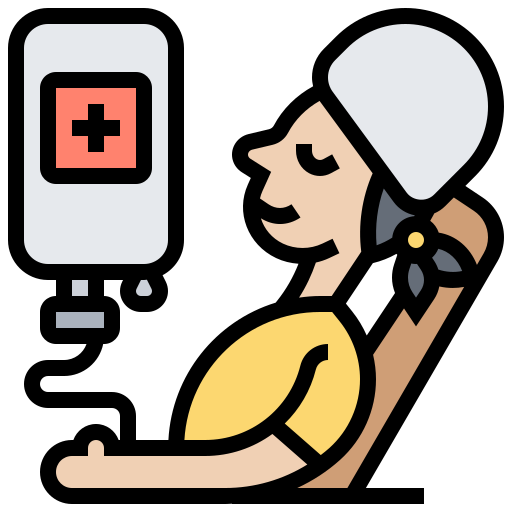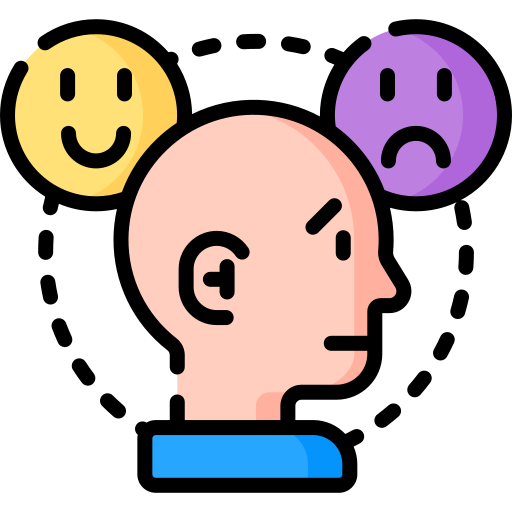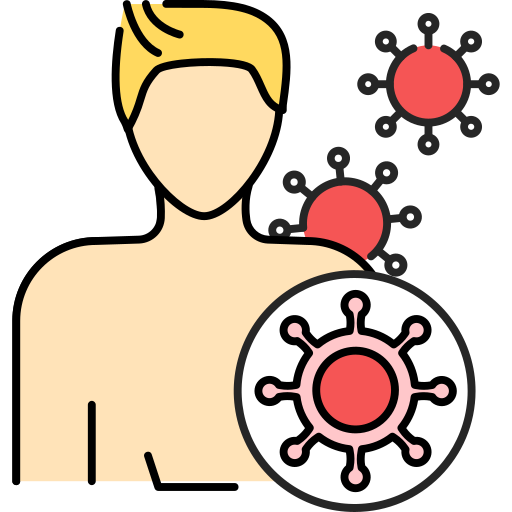RELIEF FROM TOTAL PAIN Formulation Humane
Polyherbal formulation Humane has been designed with the idea of providing a long-term solution for the fight against cancer-related problems. A combination of the ancient sciences of Ayurveda and modern cannabis leaf research, Humane formulation is made up of ingredients derived from plants. Dame Cicely Saunders first articulated the theory of total pain to describe the sum of suffering (physical, spiritual, psychological, and social) experienced by patients faced with advanced disease and terminal illness (Clark, 1999).

